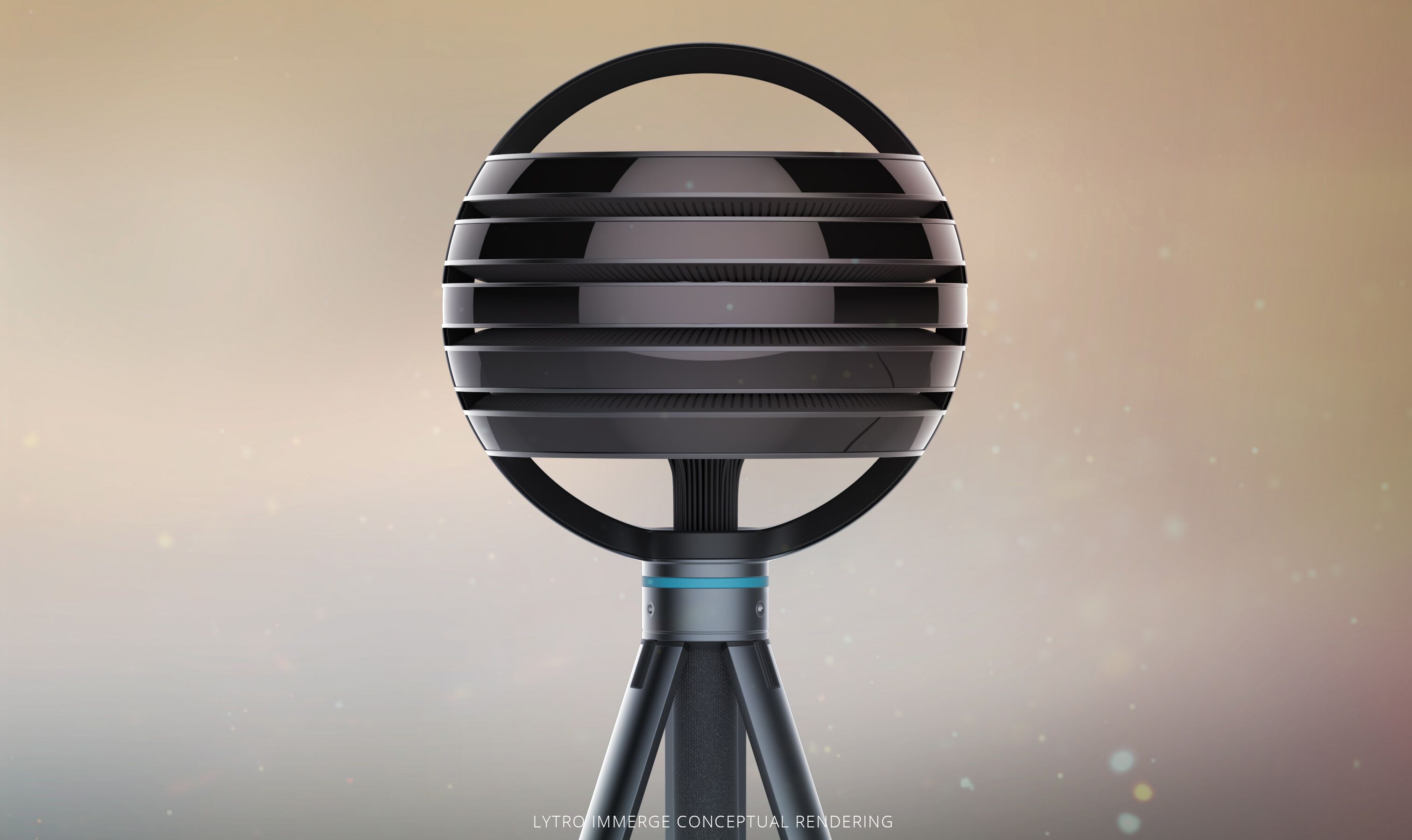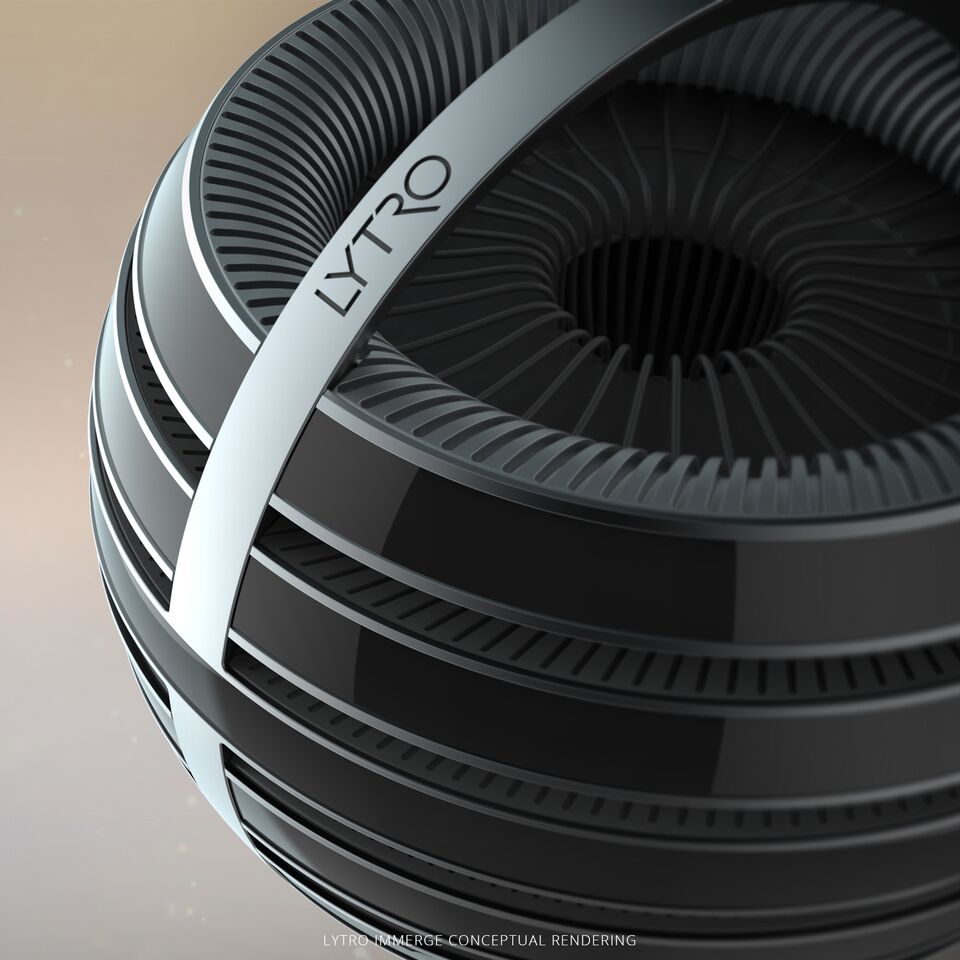Thanks To Lytro Immerge, Cinematic VR Is About To Get Much More Immersive
Lytro Immerge is a professional light field camera that can record lifelike scenes and recreate them in 3D space, allowing for six degrees of freedom within the environment.
Lytro is a company that specializes in light field technology for photography. Earlier this year, the company secured $50 million in funding to expand its technology into other mediums such as cinema and VR. The first product to come out of that investment is Lytro Immerge.
Lytro Immerge has been built from the ground up to use light field technology to create professional cinematic VR content with high production value. Lytro Immerge will be able to combine CGI and live action video in ways that Lytro said aren't possible today. The company claimed that the Immerge platform will enable six degrees of freedom within lifelike VR content.
The Lytro Immerge camera captures light field volume. It can capture the depth and distance of objects in an environment, and rather than stitch images together like a traditional 360-degree camera, it effectively recreates the scene in a 3D virtual space.
The Lytro Immerge platform will be coming to market in 2016, and it will consist not only of the Lytro Immerge light field camera array, but also a server with enough storage and power to process the captured data. The company has also created light field editing tools that integrate into existing visual effects software, and it has created playback applications for all the upcoming VR platforms, including Oculus Rift and HTC Vive. The company said its focus is on high performance platforms, but its goal is to be device agnostic, and it showed a video of the software running on a GearVR.
The Lytro Immerge will be available in prototype in Q1 2016 with options to purchase or rent the setup. Rentals will be available on a daily, weekly or monthly basis, and you'll have the option to rent individual components at a time to keep costs down. Rental elements include the camera rig, portable render farm, capture server and extra storage units, VFX plugins, system operators, accessories, and even streaming services.
The company has not revealed costs, but if you are interested in the technology and work for a content development studio, Lytro is taking applications for prototype access.
Get Tom's Hardware's best news and in-depth reviews, straight to your inbox.
Follow Kevin Carbotte @pumcypuhoy. Follow us on Facebook, Google+, RSS, Twitter and YouTube.
Kevin Carbotte is a contributing writer for Tom's Hardware who primarily covers VR and AR hardware. He has been writing for us for more than four years.
-
Simon Anderson What i can't tell from the Immerge articles i've read (sorry I haven't watched video yet, at work) is if they record "eye space 3d" or just "focus 3d"? (for lack of better terms!)Reply
i.e. I get that you can derive spacial information from focus (focus near: far = fuzzy, focus far: near = fuzzy) but the interpretation of "depth" by our brains is much more about the distance between our eyes right? Plus at a certain focal length at a certain aperture (i.e. your eye in certain light) the depth of field for far away objects is rather large (i.e. "everything" is in focus past a certain point)
The spherical shape of the Immerge makes me assume it's just recording focus but it could easy have two "eyes" at a distance within that sphere too... Going by what I've seen of their first two cameras and how they could do a "slight 3d" change when viewing I assume it's the prior. Does anyone know?
Anyway only a matter of time before we have a mobile light-field 3d video camera... combine that with eye tracking software on a VR headset to determine the object to focus on... that would be amazing. Imagine a movie filmed like that: you're a person in the room or a fly on the wall in every single scene

